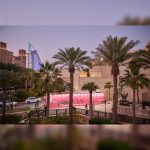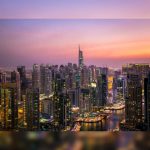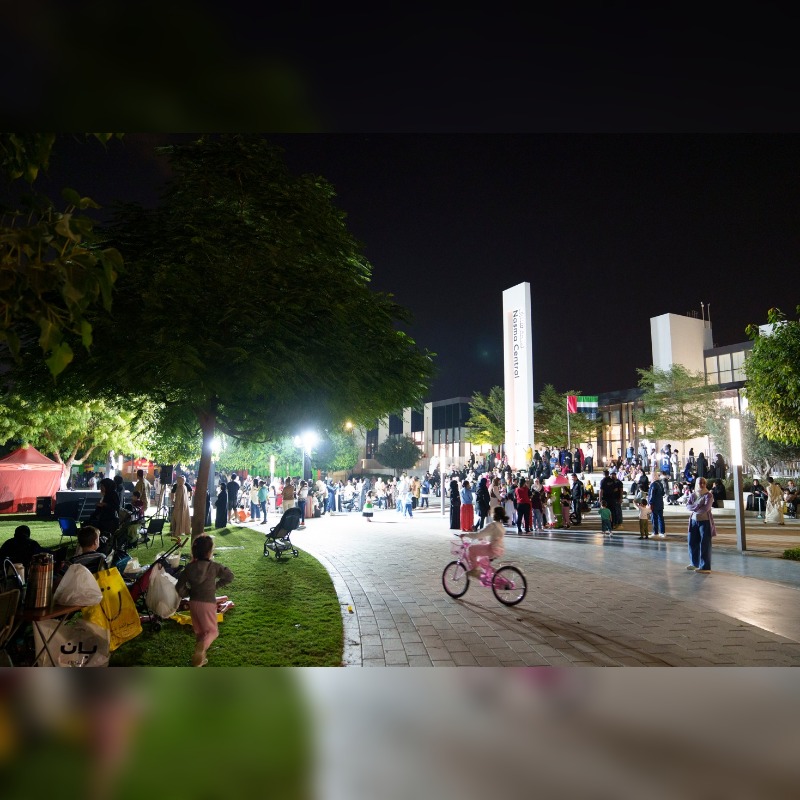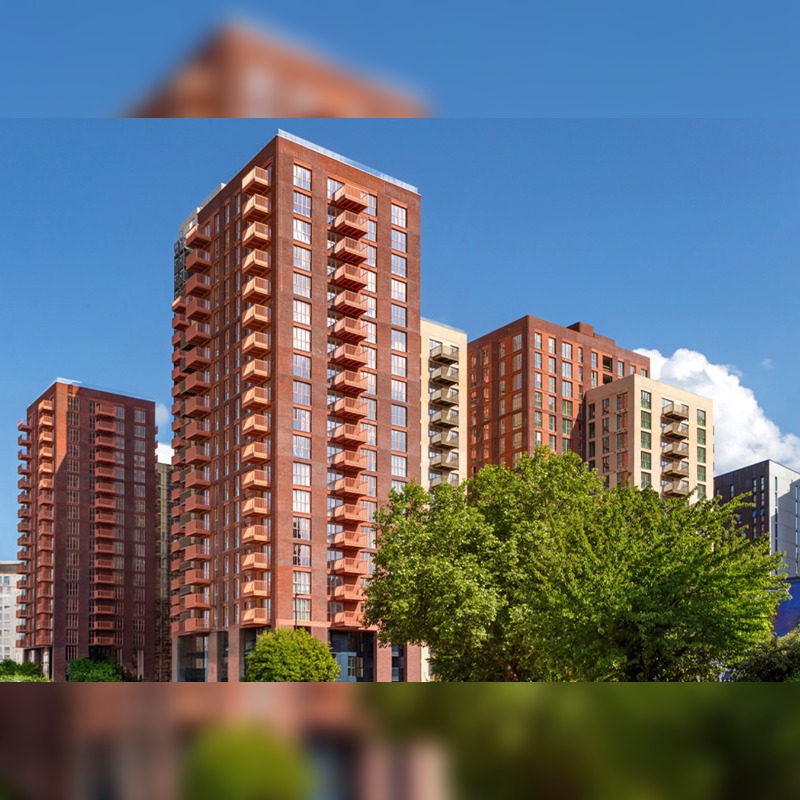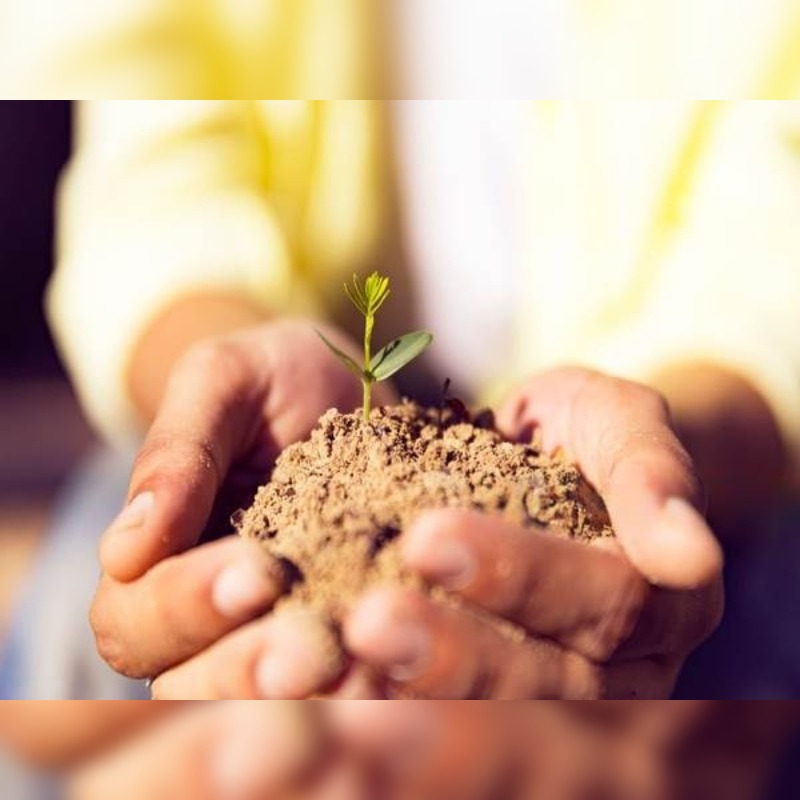
Sustainability in Real Estate: The Role of Dubai 2040 Urban Master Plan
Dubai has long been renowned for its architectural marvels and ambitious urban development projects. As the city progresses towards the Dubai 2040 Urban Master Plan, sustainability has taken centre stage. Let us explore the growing trends in sustainable real estate in Dubai, find out how Dubai Properties is contributing to this movement, and learn about the impact of these initiatives on the Dubai real estate market.
Dubai 2040 Vision and Urban Planning
The Dubai 2040 Urban Master Plan outlines the city’s vision for sustainable urban development. It aims to create a city that prioritises the well-being and quality of life for its residents while minimising the city’s carbon footprint and environmental impact. The plan focuses on four key pillars: people, society, the economy, and the environment. By aligning urban planning with sustainable development goals, Dubai seeks to build a greener and smarter city for future generations.
Dubai Sustainability Plan and Smart City Initiatives
Dubai’s commitment to sustainability is evident in its comprehensive sustainability plan. The city aims to reduce energy consumption by 30% and increase renewable energy usage to 75% by 2050. To achieve these targets, Dubai has embraced smart city initiatives, integrating technology and innovation into urban planning. These efforts include the implementation of smart grids, efficient waste management systems, and the development of sustainable transportation infrastructure.
Dubai Properties’ Contribution to Sustainable Real Estate
As a leading real estate developer, Dubai Properties has embraced sustainability as a core principle in its projects. By incorporating green building practices and environmentally friendly design elements, Dubai Properties is transforming the real estate landscape. DP’s real estate developments prioritise energy efficiency, water conservation, and the use of sustainable materials.
As part of its commitment to sustainability, Dubai Properties has successfully implemented energy-saving systems across its residential communities in Dubai to offset approximately 1,450 tonnes of CO2 emissions each year, creating more sustainable and environmentally friendly communities. For instance, The Executive Towers in Dubai Business Bay development has undergone energy-efficient upgrades to provide its residents with sustainable living spaces.
Furthermore, Dubai Properties has introduced a number of sustainability factors into Mudon Al Ranim townhouses in Dubai, such as solar-powered water heaters, state-of-the-art sustainable insulation and climate proofing, shading systems to ensure limited direct solar radiation to the units, use of treated sewage effluent or recycled water for landscaping etc.
Trends in Sustainable Real Estate in Dubai
Dubai’s real estate market has witnessed a significant shift towards sustainable properties. Homebuyers and investors are increasingly seeking environmentally conscious options. Green buildings offer many advantages, including reduced energy costs, improved indoor air quality, and enhanced occupant comfort.
Moreover, off-plan properties, a popular investment choice in Dubai, now frequently incorporate sustainable features. Developers are incorporating solar panels, rainwater harvesting systems, and energy-efficient appliances into their projects. This integration of sustainability into off-plan properties reflects the market’s evolving demands and the increasing awareness of environmental responsibility.
Future Predictions for Dubai’s Real Estate Market
The emphasis on sustainability in Dubai’s real estate sector is expected to have a profound impact on the market. As the city advances towards its sustainability goals, property prices in eco-friendly developments are expected to rise. Investors and buyers will recognise the long-term benefits of sustainable properties, leading to increased demand and potential appreciation in value.
Additionally, the integration of smart city technologies and sustainable infrastructure will enhance the overall quality of life for residents. The provision of green spaces, pedestrian-friendly neighbourhoods, and efficient transportation systems will contribute to a more liveable and sustainable city.


